Building Bridges for Innovation: ISO 56003 and the Power of Structured Partnerships
PlanBox Innovation
AUGUST 31, 2023
The increased interdependence has birthed countless collaboration opportunities, leading innovators to strategically weave a network of partnerships throughout their supply chain to continuously drive better, more sustainable results, especially when it comes to evaluating emerging technologies and engaging with startups.

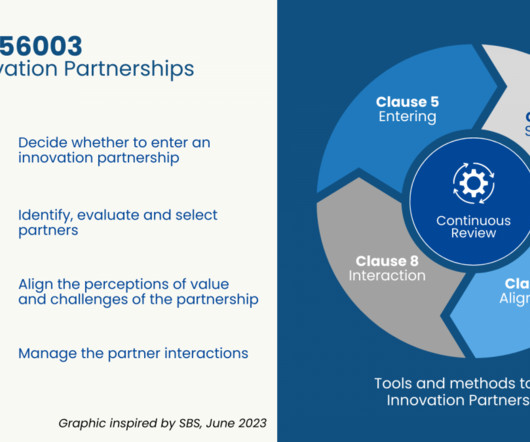
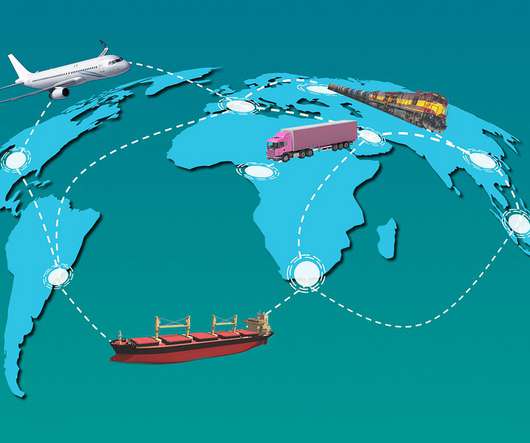


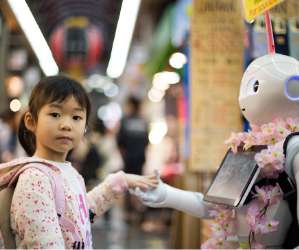

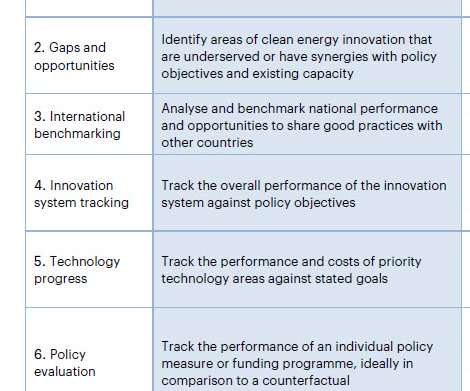
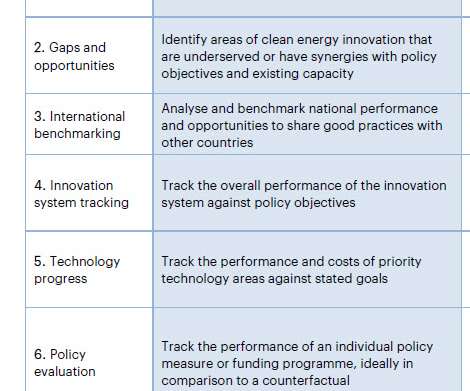
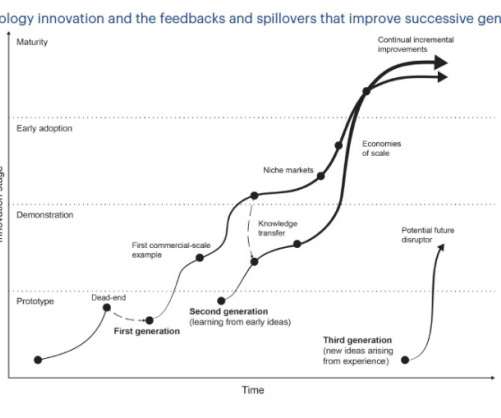
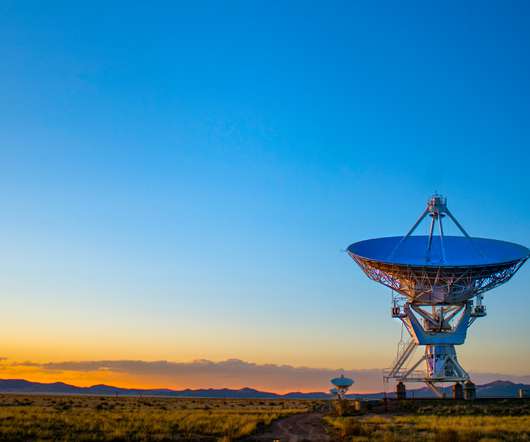












Let's personalize your content